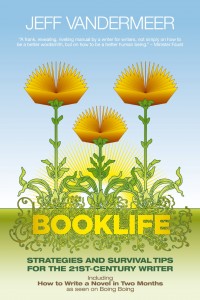It doesn’t happen that often, thankfully, but sometimes publishers do bad things, things that go beyond issues of incompetence or lack of organization. Usually these “bad things” have to do with non-payment of royalties or advances, the cancellation of books for specious reasons, and/or poor or abusive treatment of the author during the editorial or publishing process. (Granted, repeated cancellation of books may just indicate poor initial decision-making on the part of a publisher, but is still an important factor when considering what publisher to go with–assuming you have a choice.)
What are usually not valid excuses for bad behavior?
—Blaming sudden growth for non-payment of monies because of supposed ma-and-pop corner store accounting practices. Most all publishers, large and small, deal with distributors and wholesalers who keep records of books sold. It would be unlikely that any publisher would not have a fairly good idea of book sales for an individual title, no matter how busy they are. Publishers have to communicate with the entities that help them sell their books in order to keep publishing. This requires them to stay in the loop.
—Suggesting communication issues as a generic catch-all reason that absolves particular individuals of responsibility, especially in cases where it is quite clear that those who have been ill-served have been attempting to communicate and simply have been ignored. In this case, the excuse is simply an effort to stave off negative publicity.
—Putting the onus on the individual writers published by the publisher to come to them with any issues or problems related to non-payment.
This suggests a less than proactive approach on the publisher’s part and may simply be a delaying tactic.
Always remember that by the time individual writers are willing to say bad things about a particular publisher, this is usually just the tip of the iceberg, to use a cliche. Very few writers feel comfortable bad-mouthing their publisher, for fear of being seen as difficult. In cases where several writers have spoken out, you can almost always guarantee that many of those who haven’t spoken out also have issues with the publisher.
When considering a publisher, be sure to check with a sampling of writers published by that publisher, to get a sense of how consistent, honest, and fair the publisher is in dealing with writers. From a writer’s point of view, a publisher is only as good as the average experience that can be expected in dealing with them. Every publisher will have highs and lows depending on personalities and issues beyond anyone’s control.
Also remember that indie presses in particular have their eccentricities, and that each press has its strengths and its weaknesses. This is not the same thing as “bad behavior”–these are simply the quirks writers have to deal with, just as the publisher and acquiring editor are agreeing to put up with your quirks, in a sense, and you will have to decide which quirks you don’t mind and which make a publisher unattractive to you.


